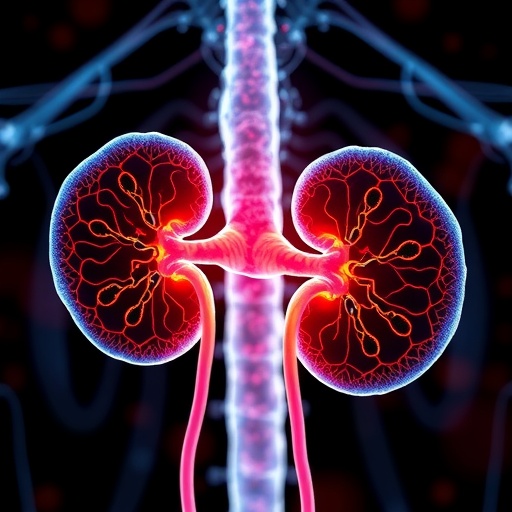New Haven, Conn. — Yale researchers have identified factors that may contribute to widening cancer death disparities among counties across the United States. These factors, which include both socioeconomic and behavioral traits, may provide public health experts with specific targets for potentially reducing cancer disparities, the researchers said.
The study was published in JAMA Network Open.
While cancer death rates have decreased overall in the United States in recent decades, substantial disparities among counties still exist and are growing. To examine the factors that may drive these disparities, a team of Yale-led researchers analyzed publicly available data documenting cancer mortality rates by county. They compared the rates in low-, medium-, and high-income counties. Using a novel method known as mediation analysis, the research team identified factors that were associated with the disparities, they said.
The research team confirmed that there are significant county-level disparities in cancer deaths, ranging from 186 deaths per 100,000 persons in high-income counties to 230 deaths per 100,000 persons in low-income counties.
Their mediation analysis found that most of the disparities could be explained by a small number of key factors. "The most important of these factors appear to be food insecurity, smoking, physical inactivity, and the quality of health care that is provided in the counties," said first author Jeremy O'Connor, M.D., who conducted the research while he was a National Clinician Scholar at Yale School of Medicine.
Their findings show that cancer death disparities can be attributed to a mix of factors that involve both income and behavior. "The paper suggests all of these factors are interplaying to lead to disparities," O'Connor noted. "It's not just health behaviors or quality of care; it's all of the factors together."
As part of their methodology, the researchers also created maps to illustrate the cancer death disparity rates. This approach will allow public health officials in different parts of the country to identify specific factors that affect their counties, and respond accordingly. "Instead of every county addressing all eight factors, they can target their public health programs to the factors that are most important to their community," said O'Connor.
The study also underscores the fact that while overall cancer death rates are affected by advances in cancer treatment, much of the disparities in death rates might be attributable to issues outside of treatment, such as smoking and obesity, the researchers said.
###
Other study authors are Tannaz Sedghi, Meera Dhodapkar, Michael J. Kane, and Cary P. Gross.
This work is made possible by a grant from the National Center for Advancing Translational Science, a component of the National Institutes of Health. Gross has received support for research from 21st Century Oncology, Johnson & Johnson, Medtronic, Inc., and Pfizer.
Citation: JAMA Network Open
Media Contact
Ziba Kashef
[email protected]
203-436-9317
@yale
http://www.yale.edu




